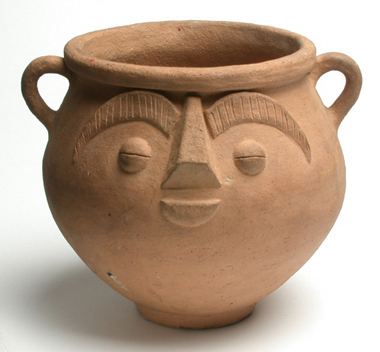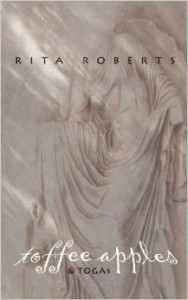Dig until you unearth an expert
Research is the life blood of historical writers. I love to dig through history books and internet sites. The effort often yields all sorts of wonderful surprises. I accidentally discovered a secret treasure while doing research on ancient burial urns for my first eshort prequel, A PERFECT FIT.

Eshort Prequel to
HEALER OF CARTHAGE
I have Roman boards set up on Pinterest and I noticed I kept trading pins with a retired archaeologist from Crete. I Googled her, found her blog site, and bravely asked for her help. It has been the beginning of what I hope becomes a wonderful friendship. I’m excited to introduce my readers to the fascinating Rita Roberts, a Roman antiquities expert.
Tell us about yourself, Rita:

Rita Roberts
I was born in Birmingham, England and educated in state schools, leaving secondary education at the age of fifteen. During World War II I was evacuated from St. Thomas school to the country where I was cared for by a local family.
Looking back to my childhood days I remember my mother always telling me to hold my head up or I would look like a bent up old lady before I was much older. I think this must have been the first indication of my becoming an archaeologist because I was always look down on the ground searching for anything I could find. On the days we visited my Grandma’s I was anxious to go out to the back of her house as there was a huge open area where I spent happy hours searching for anything I could find, bits of pot or tile that I thought looked interesting, there was the occasional glass marbles and old glass bottles which had a marble in the top. Does anyone remember these bottles called “Cadswallup” bottles? I did once find a watch and a nice brooch in the shape of a butterfly.
Some of the things I found I kept hidden in a box and put them in my small wardrobe. They were my little treasures until my mother found them and threw them all away saying that they were rubbish. But now, that so called rubbish may have been of archaeological or antique interest. When out walking, I still keep my now trained eye open for anything which seems of interest such as unusually shaped stone or flint objects that maybe tools of the past.
Share a bit about Roman pottery:
It is the durability of pottery which makes it so important to archaeologists.
Pottery, or ceramic, consists of clay that has been chemically changed and hardened using heat to drive out the water present in the molecules. If the clay has been properly fired, it will hold water and will not soften. If, however, imperfectly fired, the clay will revert back to its liquid state on contact with water or anything wet.
A range of orange and red-brown wares were produced along the middle Severn Valley and distributed across western and northern Britain from the 2nd to 4th century A.D. Storage jars were produced, bead rim jars, bowls, and wide mouth jars, tankards, flanged bowls, dishes and platters. Surfaces were sometimes decorated with lenear or lattice zones.
 Pots were also made for burial like this face pot.
Pots were also made for burial like this face pot.
Thanks, Rita. In my next book, RETURN TO EXILE, one of my favorite characters dies and I will need a burial urn.
Readers, if you want to know more about Roman pottery, check out Rita’s blog and her book,
She is also an expert on Roman recipes and we are going to pick her brain about that, so come hungry.




